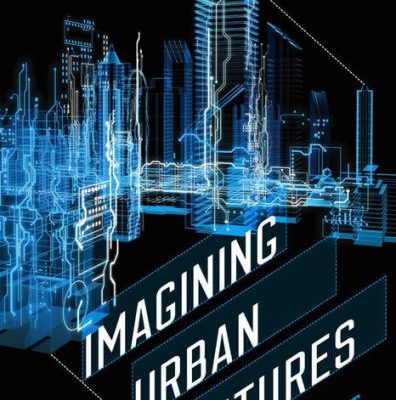Reading Response: William Tsutsui
The author takes on an optimistic perspective on the apocalypse genre in relation to Japan, arguing that it is profoundly optimistic and even yearning for a massive systematic reset and nostalgia for, even romanticization of, war-time comradeship and warmth. One iconic film related to this genre is the 1988 animated film Akira, adapted from a manga series of the same name. The influence of architecture and infrastructure on providing context to the film and forming the narrative of a cyberpunk Armageddon is shown from the stylized buildings in downtown neo-Tokyo to the intricate sewage systems where conflict takes place in

